Sulla-gil Yeah Café & Bibi (순라길 예 & 비비)
6.8Km 2025-01-23
55 Seosulla-gil, Jongno-gu, Seoul
02-3672-1599
Situated in Sulla-gil, the Sulla-gil Yeah Café & Bibi is a roaster café where each bean is handpicked. It also offers a range of wine selections. The café is a perfect place to relax after exploring downtown Seoul. The cozy atmosphere of the café with the added charm of the stone wall visible from café, makes visitors feel at ease and relaxed. The evenings here turn into a music and movie session, adding a lively atmosphere to the space.
Seosulla-gil Road (서순라길)
6.8Km 2024-10-14
150-3 Jong-ro, Jongno-gu, Seoul
Seosulla-gil Road is a road that was used by the nightguards during the Joseon dynasty. The road is on the west of Jongmyo Shrine with various attractions nearby including Ikseon-dong, Insa-dong, Bukchon, and Samcheong-dong, as well as restaurants, cafes, and handicraft workshops. The road is also a beautiful date course with flowers in spring and fall foliage in autumn..
Manboseong (만보성)
6.8Km 2021-03-26
53, Seosulla-gil, Jongno-gu, Seoul
+82-2-766-8488
It is a place where you can eat a variety of Chinese dishes at reasonable prices. This Korean dishes restaurant is located in Jongno-gu, Seoul. The most famous menu is sweet and sour pork.
Horangii (호랑이)
6.8Km 2023-12-22
157 Eulji-ro, Jung-gu, Seoul
Horangii Coffee, located in Euljiro, Seoul, boasts a retro yet hip atmosphere. Furniture and picture frames with traces of time gone by and impressive props with the concept of a tiger come together to create a distinct atmosphere unique to this place. There are tables both inside and outside the cafe, but due to its small size, it is always crowded with customers. The signature menu items here are Horangii Latte and Fruit Sando. Horangii Latte has an impressive savory yet sweet flavor. Fruit Sando, made with whole fresh seasonal fruits, combines with soft whipped cream for a unique taste.
Dubai (두바이레스토랑)
6.8Km 2017-07-18
192, Itaewon-ro, Yongsan-gu, Seoul
82-2-798-9277
Dubai Restaurant in Itaewon offers authentic Arabian cuisine as well as shisha (water pipe smoking). Located in the middle of Itaewon, it’s popular among both Koreans and foreigners.
KERVAN RESTAURANT (케르반레스토랑)
6.8Km 2021-04-13
190, Itaewon-ro, Yongsan-gu, Seoul
Kervan is a restaurant specializing in Turkish cuisine, which is widely enjoyed around the world. The kitchen is run by a skilled native chef, and has ovens manufactured with Turkish technology. The interior of the restaurant is decorated with traditional Turkish tiles, giving restaurant patrons the opportunity to sample authentic cuisine and decorative elements of Turkish culture together. The restaurant has also obtained the official Halal Certificate recognition.
Kervan Turkish Restaurant (케르반레스토랑)
6.8Km 2025-03-15
192 Itaewon-ro, Yongsan-gu, Seoul
Kervan is a Turkish restaurant located in Itaewon, offering authentic kebab, pidé, and Turkish desserts. It faithfully recreates the Turkish culture and food through its interior, decorated with traditional tiles, and dishes prepared by a chef from Türkiye. Main menus include Chicken steak, Rich pidé, and Chicken shish kebab.
Gyerim Sikdang (계림식당)
6.8Km 2021-03-19
39, Donhwamun-ro, 4-gil, Jongro-gu, Seoul
+82-2-2266-6962
This is a Korean cuisine located in Jongno, Seoul. The best menu at this restaurant is spicy braised chicken. Try Korean spicy chicken dishes.
G-Cosmo - Itaewon Branch [Tax Refund Shop] (지코스모 이태원)
6.8Km 2024-04-23
195, Itaewon-ro, Yongsan-gu, Seoul
-
Hilton Tailor (힐튼양복점)
6.8Km 2016-08-19
188-1, Itaewon-ro, Yongsan-gu, Seoul
+82-2-792-1196
For over 33 years, Hilton Tailor has served prominent customers with exceptional suits and shirts. Once a customer becomes a patron, he can order shirts or suits by phone or email. Suits are tailored to fit each customer's physical shape and preferences. Trendy suits are handmade as well. Suits in Hiton Tailor are known for their comfort and durability. It is one of the most famous shops in Itaewon with prominent customers from all over the world.
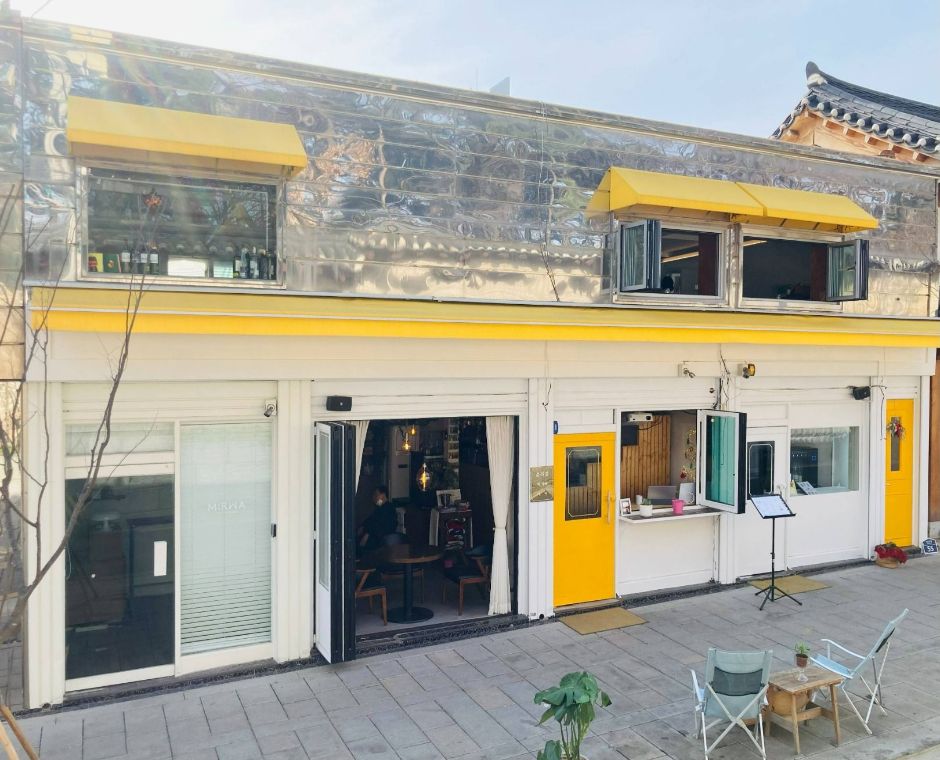
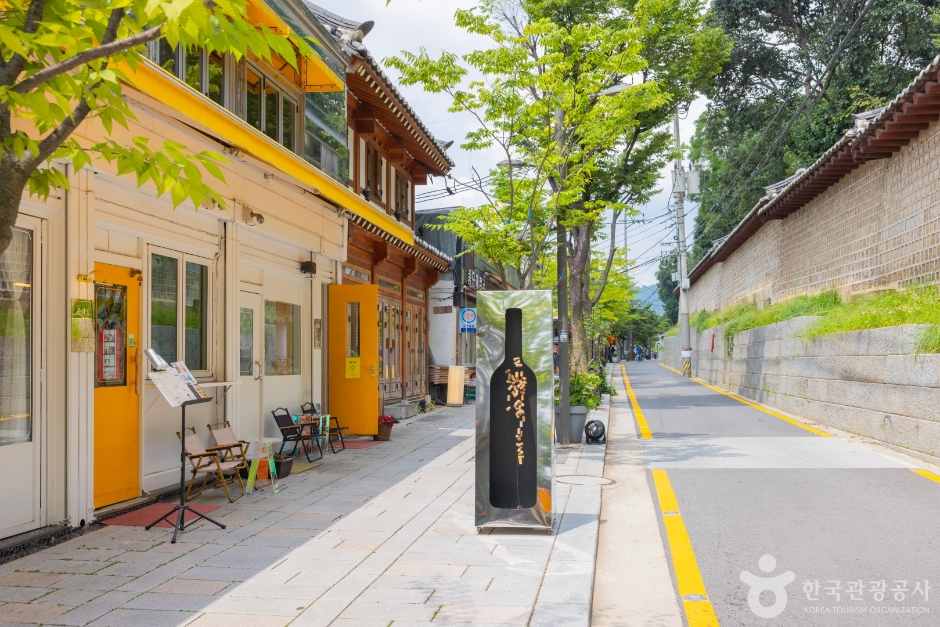
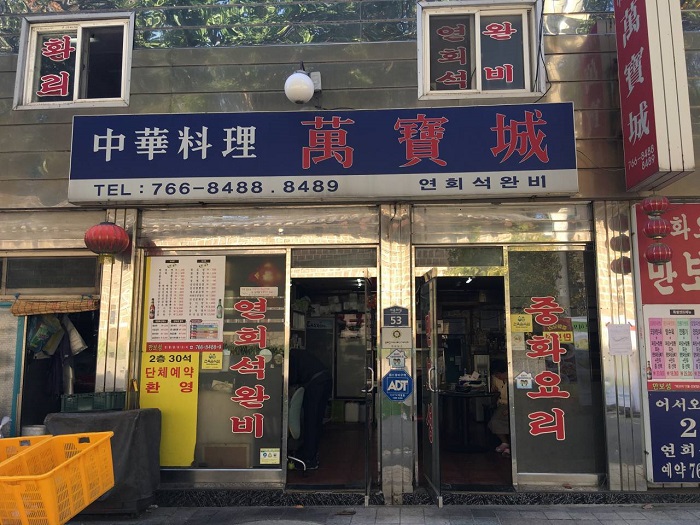
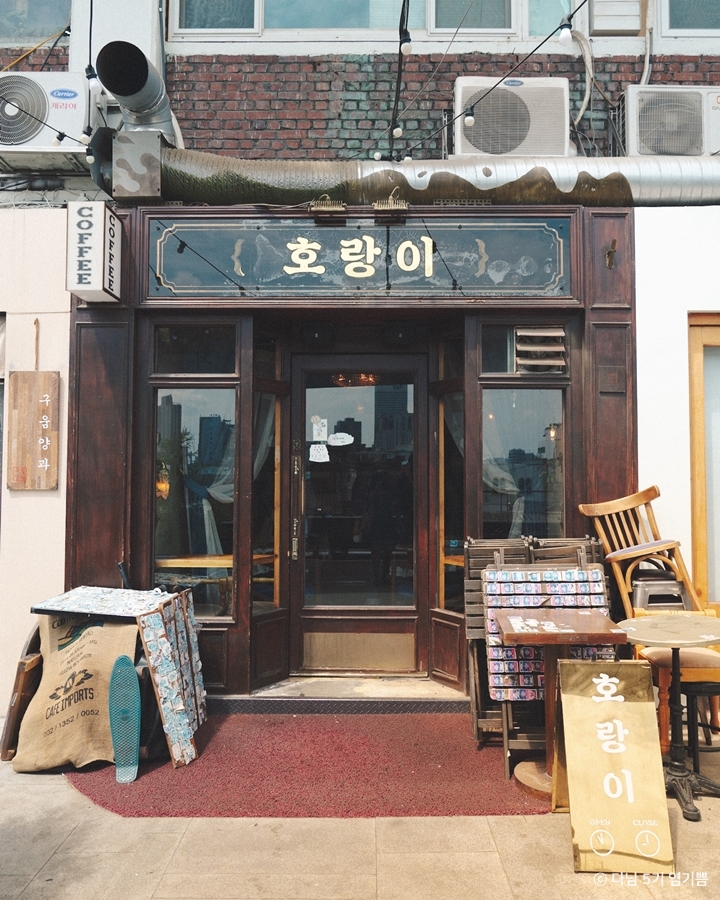
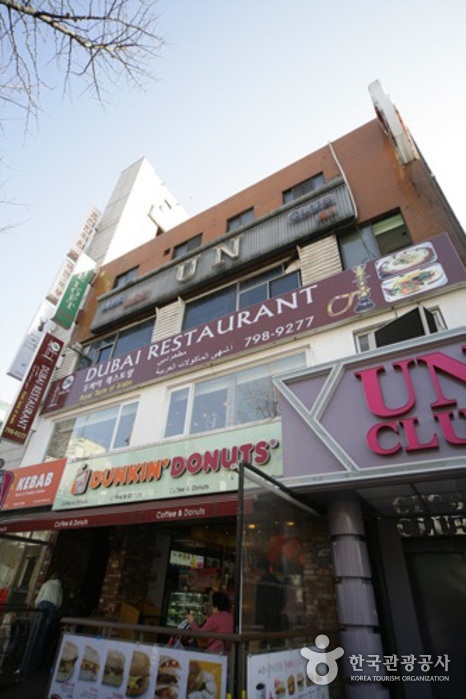

![G-Cosmo - Itaewon Branch [Tax Refund Shop] (지코스모 이태원)](http://tong.visitkorea.or.kr/cms/resource/47/2878447_image2_1.jpg)
 English
English
 한국어
한국어 日本語
日本語 中文(简体)
中文(简体) Deutsch
Deutsch Français
Français Español
Español Русский
Русский